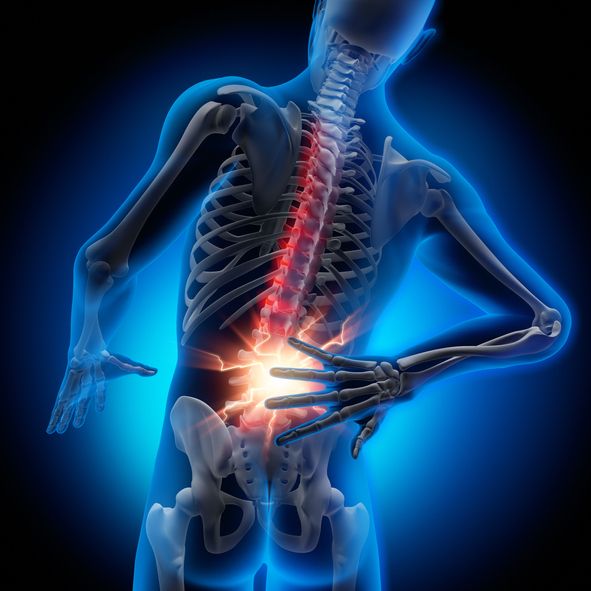What Might Be Next In The panchakarma treatment
What Might Be Next In The panchakarma treatment
Blog Article
Lower back pain is something that a number of us experience at some point in our lives, with as much as 85% of grownups dealing with it. Whether it's a dull, unpleasant pains or a sharp, relentless pain, it can be incredibly disruptive. Most of the time, it comes from problems in the lower spinal column, tense muscles, or perhaps nearby organs. While conventional treatments focus on managing signs, integrative techniques like Ayurveda, Yoga, and Acupuncture dive much deeper, addressing both the physical discomfort and the emotional toll that pain can take on us.
What Causes Lower Back Pain?
Lower neck and back pain can originate from a range of sources, such as:
● Problems in the back spinal column: Issues with the vertebrae or discs in the lower back.
● Muscle pressure: Overworked or swollen muscles from bad posture, overexertion, or stress.
● Nerve compression: Commonly caused by a herniated disc pressing on nearby nerves.
● Internal organ issues: Pain referred from organs in the pelvic or abdominal region.
If your pain is severe, lingers despite rest, or comes with symptoms like leg pain, numbness, weakness, or unexplained weight loss, it's important to see a doctor.
How Ayurveda Can Help
Ayurveda, with its holistic and reliable solutions, uses natural options for dealing with lower neck and back pain. Here are some therapies that can help:
● Kati Basti: This involves applying warm, medicated oil straight to the lower back. The heat and oil collaborate to relieve stiffness, promote blood flow, and relieve pain.
● Elakizhi: Medicated organic leaves are utilized in a hot compress to alleviate muscle tension and promote recovery.
● Panchakarma (Basti): This treatment utilizes a medicated enema to soothe Vata dosha (one of the body's energy types). Vata imbalance is often connected to neck and back pain, and Basti helps restore balance, lower swelling, and prevent recurrence.
Acupuncture for Pain Relief
Acupuncture is another effective method to manage back pain. By
placing great needles into specific points on the body, acupuncture:
● Stimulates the release of endorphins, the body's natural pain relievers.
● Improves blood circulation and minimizes inflammation in the afflicted location.
● Works hand-in-hand with Ayurveda to use a ayurvedic treatment for knee pain well-rounded and reliable pain management solution.
Yoga for Long-Term Relief
Yoga matches Ayurveda and Acupuncture, offering a way to handle pain every day. It helps by:
● Stretching and strengthening the muscles: Yoga positions can help enhance versatility and ease tension in the back.
● Breathing workouts and meditation: These practices soothe the mind, reduce tension, and support your body's natural healing procedure.
While yoga alone might not entirely get rid of the underlying causes of lower pain in the back, it can considerably ease pain and help preserve a healthy, pain-free back over time.
A Holistic Approach for Lasting Relief
By integrating Ayurveda, Yoga, and Acupuncture, you're not just dealing with the symptoms-- you're resolving the source of lower pain in the back. These therapies interact to balance the mind and body, offering a more natural and detailed solution to pain relief. With this integrative method, you can discover not only physical relief however also a higher sense of well-being and balance in your life.
If you're searching for a long-lasting, holistic way to handle your lower back pain, these therapies could be the response.